Welding is a crucial process in the fabrication of structural steels, and one such steel that requires special attention is S690QL. S690QL is a high-strength, quenched and tempered steel known for its exceptional mechanical properties and excellent weldability.
In this blog post, I have covered the key considerations and best practices for welding S690QL steel to ensure strong and durable welded joints.
Understanding S690QL Steel
S690QL is classified as a structural steel grade and is designed to withstand high levels of stress and impact. It boasts a minimum yield strength of 690 MPa, making it suitable for demanding applications in industries such as construction, mining, and heavy machinery. Its unique composition and heat treatment process contribute to its impressive toughness and resistance to brittle fracture.
S690QL Steel Chemical Compositions
- Carbon (C): 0.20% maximum
- Silicon (Si): 0.80% maximum
- Manganese (Mn): 1.70% maximum
- Phosphorus (P): 0.020% maximum
- Sulfur (S): 0.005% maximum
- Chromium (Cr): 1.50% maximum
- Molybdenum (Mo): 0.70% maximum
- Nickel (Ni): 2.0% maximum
- Aluminum (Al): 0.100% maximum
S690QL Steel Mechanical Properties
| Plate Thickness (mm) | Yield Point Re (MPa) | Tensile Strength Rm (MPa) | Elongation at Rupture A5 (%) | Notch Impact Energy (J) |
|---|---|---|---|---|
| ≤ 50 | 690 | 770 – 940 | 14 | Longitudinal: 40 J |
| Transverse: 30 J | ||||
| > 50 ≤ 100 | 650 | 760 – 930 | 14 | Longitudinal: 50 J |
| Transverse: 35 J | ||||
| > 100 ≤ 150 | 630 | 710 – 900 | 14 | Longitudinal: 60 J |
| Transverse: 40 J |
S690QL Steel Equivalent Materials
S690QL steel is a high-strength structural steel that is commonly used in various applications. While there may not be an exact equivalent material, there are several steels that have similar properties and are often considered as alternatives.
Some of the equivalent materials to S690QL steel include:
- EN 10025-6 S690Q: This is the direct European equivalent grade to S690QL steel. It has similar chemical composition and mechanical properties.
- ASTM A514: This is a high-strength, quenched and tempered alloy steel plate that is commonly used in structural applications. It offers excellent weldability and high toughness, making it a potential alternative to S690QL steel.
- WELDOX 700: This is a high-strength structural steel produced by SSAB. It has similar properties to S690QL steel and is often used in heavy-duty applications.
- NAXTRA 700: This is a high-strength structural steel produced by Thyssenkrupp. It offers excellent weldability and good formability, making it suitable for various structural applications.
- Bisalloy 80: This is a high-strength, quenched and tempered steel plate produced by Bisalloy Steels. It has similar properties to S690QL steel and is commonly used in mining and construction equipment.
S690QL Steel Weldability
The S690QL class steel is a unique low-alloyed steel that is thermomechanically obtained (TMO). It falls under the 3.1 group classification according to the ISO 15608 standard, which categorizes it as a thermomechanically treated fine grain steel and cast steel with a minimum yield strength (Rp0.2) greater than 360 MPa (N/mm²).
Its carbon content is limited to 0.20%, which enhances its weldability. Additionally, the inclusion of small amounts of alloying elements improves the mechanical properties of the steel. Notably, niobium and boron have a significant impact, acting as deoxidizers that cause substantial grain fragmentation.
The widespread use of this steel is attributed to its high tensile strength, yield stress, and favorable impact toughness. These properties allow for the application of thinner sections, ultimately reducing the weight of the structure.
It is important to highlight that due to the specific thermo-mechanical manufacturing process employed for this steel, its application is limited to operating temperatures below 580 °C. Exceeding this temperature threshold leads to a significant deterioration of the mechanical properties. Weldability can be assessed through calculations based on the chemically equivalent carbon and the propensity of the steel to form cold cracks.
Pre-Welding Considerations
Before diving into the welding process, it is essential to consider a few factors specific to S690QL steel. Firstly, thorough cleanliness of the base material is crucial to prevent the introduction of contaminants during welding. Pre-cleaning the steel surfaces with appropriate solvents or mechanical methods is recommended.
Based on my experience, I have found that the S690QL steel I have worked with is highly suitable for various welding methods. To ensure optimal results, it is important to maintain a minimum temperature equivalent to room temperature during the welding process.
I would recommend preheating the material at specific temperature ranges based on the plate thickness. For instance, for plate thicknesses exceeding 20mm, I have found it beneficial to preheat up to 75°C. Similarly, for thicknesses exceeding 40mm, a preheating temperature of up to 100°C has yielded good results. When working with plate thicknesses greater than 60mm, I have found that preheating up to 150°C is advisable. Lastly, for thicknesses exceeding 100mm, I have found it beneficial to preheat up to 175°C.
During the welding process, it is important to maintain an interpass temperature ranging between 150°C and 225°C for best results, as per my experience. However, I must note that these temperature recommendations should be considered as general guidelines, and it is crucial to refer to the specific guidelines outlined in SEW 088 for comprehensive instructions.
Based on my experience, I have found that the t8/5 times, which refer to the time it takes for the temperature to decrease from 800°C to 500°C, should ideally range between 5 and 15 seconds. However, it is important to consider the welding technique being used and make adjustments accordingly.
Lastly, in order to address any potential concerns regarding residual stress, I would recommend conducting a stress relief annealing process within the temperature range of 530°C to 580°C. This step is particularly important for structural purposes, based on my experience.
Welding Techniques
Welding Processes
S690QL steel can be effectively welded using various processes such as manual metal arc welding (MMA), metal inert gas welding (MIG/MAG), and flux-cored arc welding (FCAW). Each method has its advantages, and the selection should be based on factors like joint design, accessibility, and productivity requirements.
Welding Consumables
Choosing the right welding consumables is vital for achieving optimum weld quality and mechanical properties. Low-hydrogen electrodes and solid wires with matching tensile strength and toughness properties are recommended.
- SMAW Welding Electrode for S690QL: E11018-GHR4R & E11018-G
- TIG, MIG & FCAW Wires for S690QL Welding: ER110S-G, ER110S-G, ER100S-G, & E110C-G
- SAW Wires for S690QL Welding:
- EF6, F11A8-EM4(mod.)-M4
- EF6, F11A8-EM4-M4
- F11A8-EG-F6
- F11A8-EG-G
- F11A8-EC-G
Preheating and Interpass Temperature
Preheating S690QL steel is generally not required unless specified by the welding procedure. However, for thicker sections or critical applications, preheating within the range of 100-150°C can help reduce the cooling rate and minimize the risk of hydrogen cracking. Interpass temperature control between passes is essential to prevent excessive heat input and maintain the desired properties of the weld.
Post-Weld Heat Treatment
S690QL steel exhibits good weldability without the need for post-weld heat treatment (PWHT) in most cases. However, for specific applications or when higher toughness is required, stress-relieving treatments within the temperature range of 530-580°C can be considered.
Quality Control and Inspection
To ensure the integrity and quality of welded joints, thorough inspection and testing are crucial. Non-destructive testing methods such as visual inspection, ultrasonic testing, and magnetic particle inspection can be employed to identify any potential defects or discontinuities. Adhering to welding standards and codes, as well as involving qualified welding inspectors, will help maintain the highest quality standards.
Manufacturing Processes
Cold-Forming
The steel is well-suited for cold-forming applications, and it can be bent or folded with a minimum bending or folding radius of more than 4 times the plate thickness in the longitudinal direction and more than 3 times the plate thickness in the transverse direction. If necessary, a stress relief annealing process can be carried out at temperatures up to 580°C.
Hot-Forming
Hot-forming of the steel is possible at temperatures above 580°C. However, it is important to follow up with a quenching and tempering process according to the specified delivery condition.
Milling
When milling the steel, it is recommended to use cobalt-alloyed high-speed steels (HSSCO). The cutting speed should be approximately 17-19 m/min. Alternatively, if HSS drills are used, the cutting speed should be around 3-5 m/min.
Flame-Cutting
For flame-cutting processes, it is important to ensure that the material temperature is at least at room temperature. Preheating is recommended for plate thicknesses exceeding 40mm, with temperatures ranging up to 100°C. For plate thicknesses exceeding 80mm, preheating up to 150°C is advised, while for thicknesses exceeding 100mm, preheating up to 175°C is recommended.
Conclusion
Welding S690QL steel requires careful consideration of factors such as base material cleanliness, appropriate welding techniques, and the selection of compatible consumables. By following the recommended practices and adhering to welding standards, fabricators can ensure strong and reliable welded connections that meet the exceptional mechanical properties of S690QL steel. Remember, proper planning, execution, and quality control are vital for achieving successful welds and maximizing the performance of this high-strength structural steel.
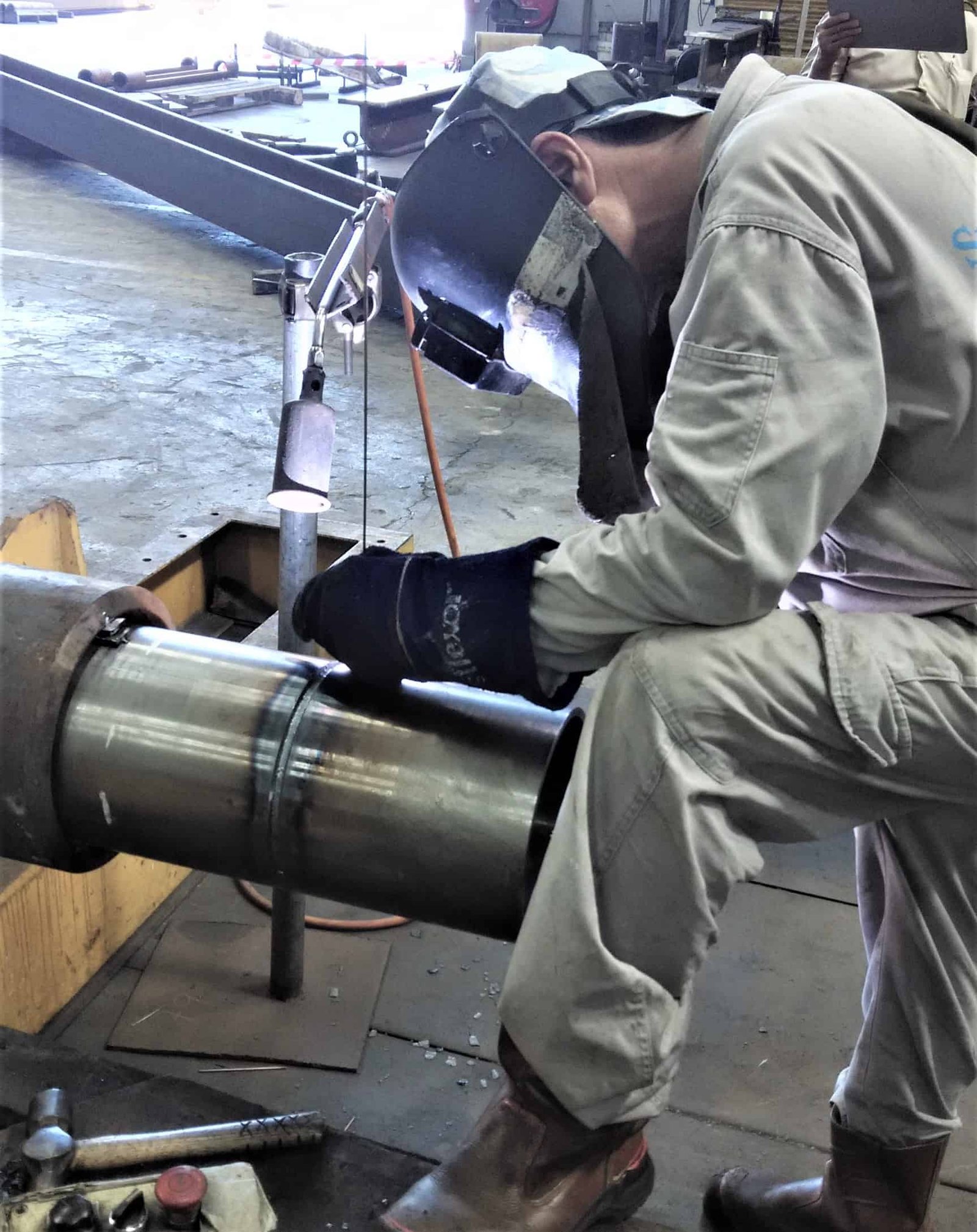
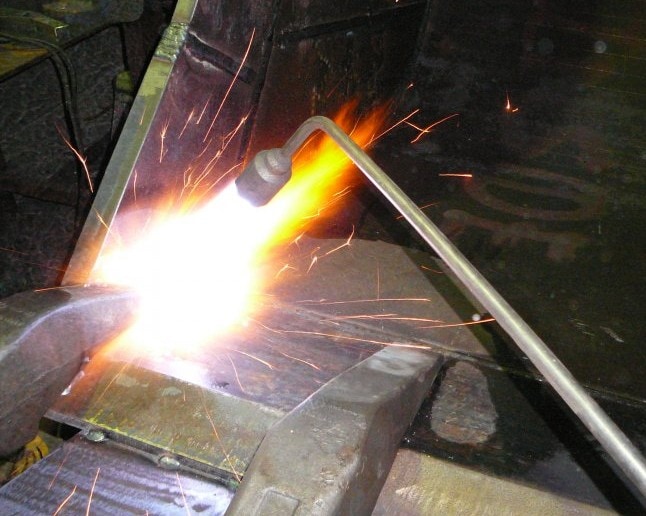
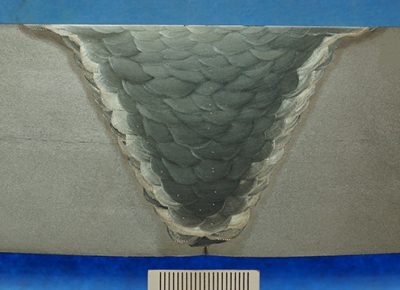
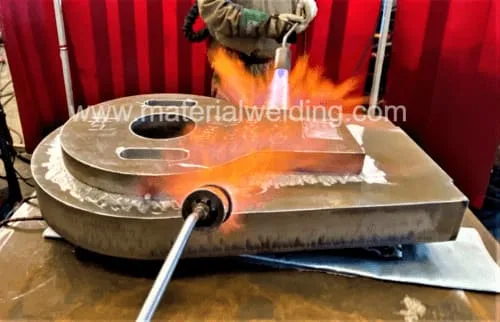
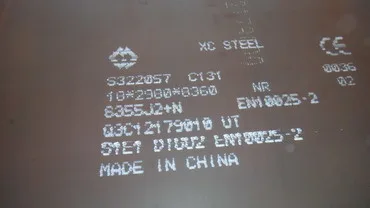
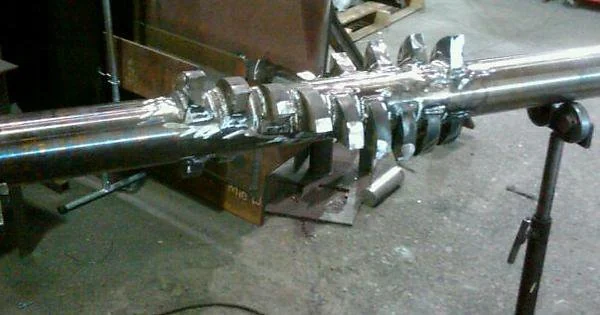
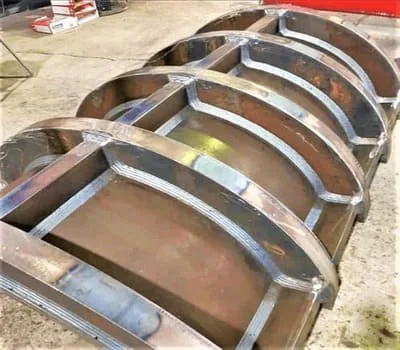
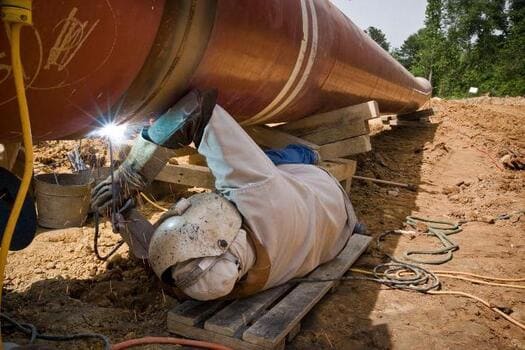
Does S690QL require heat treatment?
S690QL heat treatment is usually not carried out. If heat treatment is required, refer above the PWHT requirements.
What is the best Welding preheat temperature for S690QL Steel?
For welding S690QL, follow a welding preheat temperature as :
I would recommend preheating the material at specific temperature ranges based on the plate thickness. For instance, for plate thicknesses exceeding 20mm, I have found it beneficial to preheat up to 75°C. Similarly, for thicknesses exceeding 40mm, a preheating temperature of up to 100°C has yielded good results. When working with plate thicknesses greater than 60mm, I have found that preheating up to 150°C is advisable. Lastly, for thicknesses exceeding 100mm, I have found it beneficial to preheat up to 175°C.